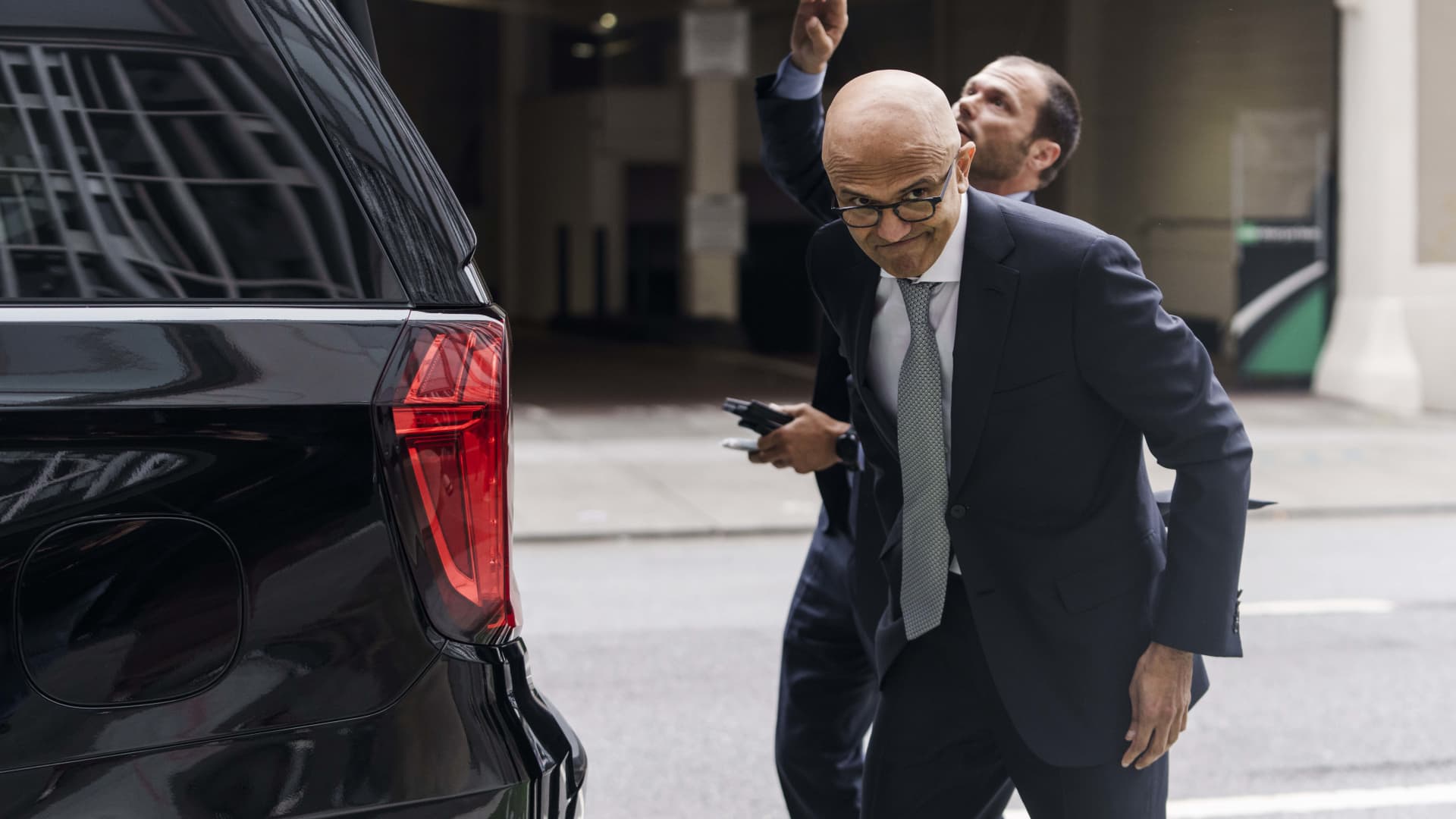Uber on Monday said it posted record gross bookings in the month of March, signaling a pick-up in demand for its ride-hailing business.
The tech giant’s mobility unit was hit hard by the coronavirus pandemic last year as lockdown restrictions led to a collapse in demand for ride-sharing services. It’s benefited from a boom in food delivery, however, which helped to limit losses in 2020.
Uber said its mobility business posted its best month since March last year, with an annualized run rate of $30 billion, which was up 9% from a month earlier. Its delivery unit, meanwhile, reached a record annual run rate of $52 billion in March, more than doubling from the previous year.
“As vaccination rates increase in the United States, we are observing that consumer demand for Mobility is recovering faster than driver availability, and consumer demand for Delivery continues to exceed courier availability,” Uber said in a filing with the U.S. Securities and Exchange Commission.
Last week, Uber announced it would spend $250 million in a one-time “stimulus” package aimed at getting drivers back on the road. The money will go toward bonuses for drivers, guaranteed pay and on-boarding new Uber drivers. It comes as states begin to pull back some of their pandemic restrictions and roll out vaccines.
Uber remains heavily loss-making though, losing nearly $6.8 billion last year. There have long been doubts about whether Uber’s business model works. But the company believes it can still become profitable by the end of 2021 on an adjusted EBITDA basis. Lyft, Uber’s main rival in the U.S., has made a similar commitment.
Last month, Uber reclassified all 70,000 of its U.K. drivers as workers entitled to a minimum wage and other employment protections after the country’s Supreme Court ruled a group of Uber’s drivers should be classed as workers, not independent contractors. The move is expected to lead to higher costs for Uber and could have broader ramifications for the gig economy.


